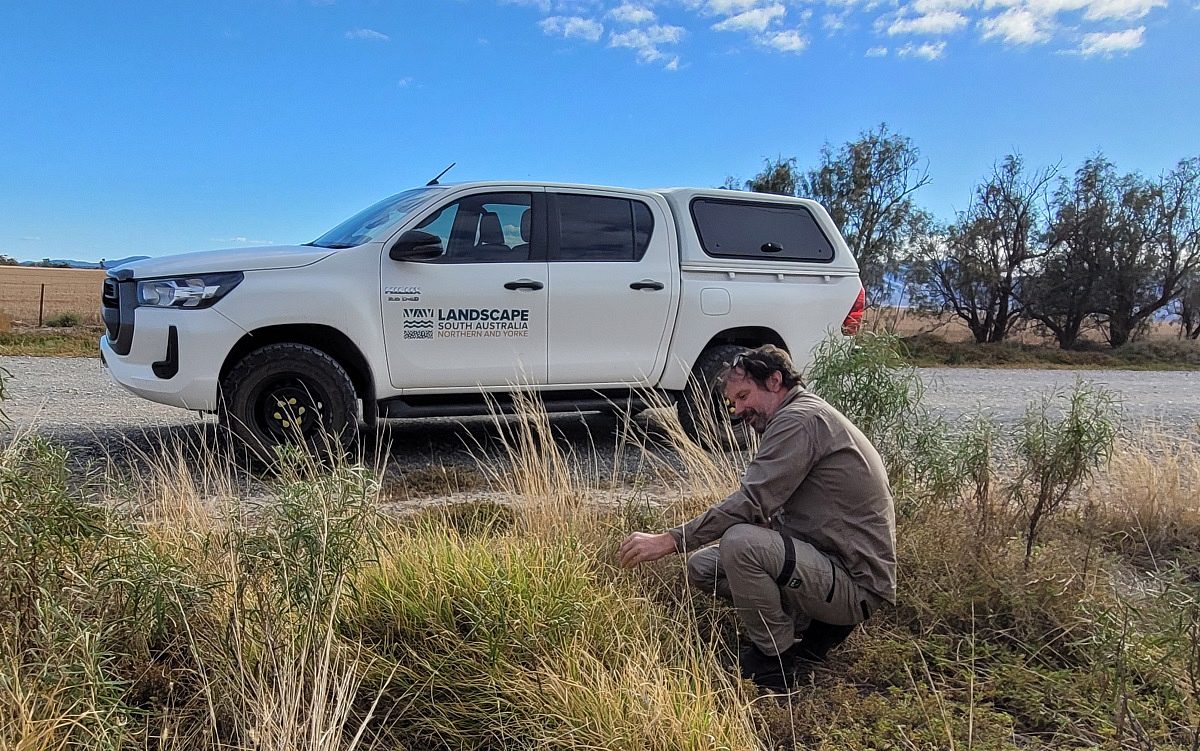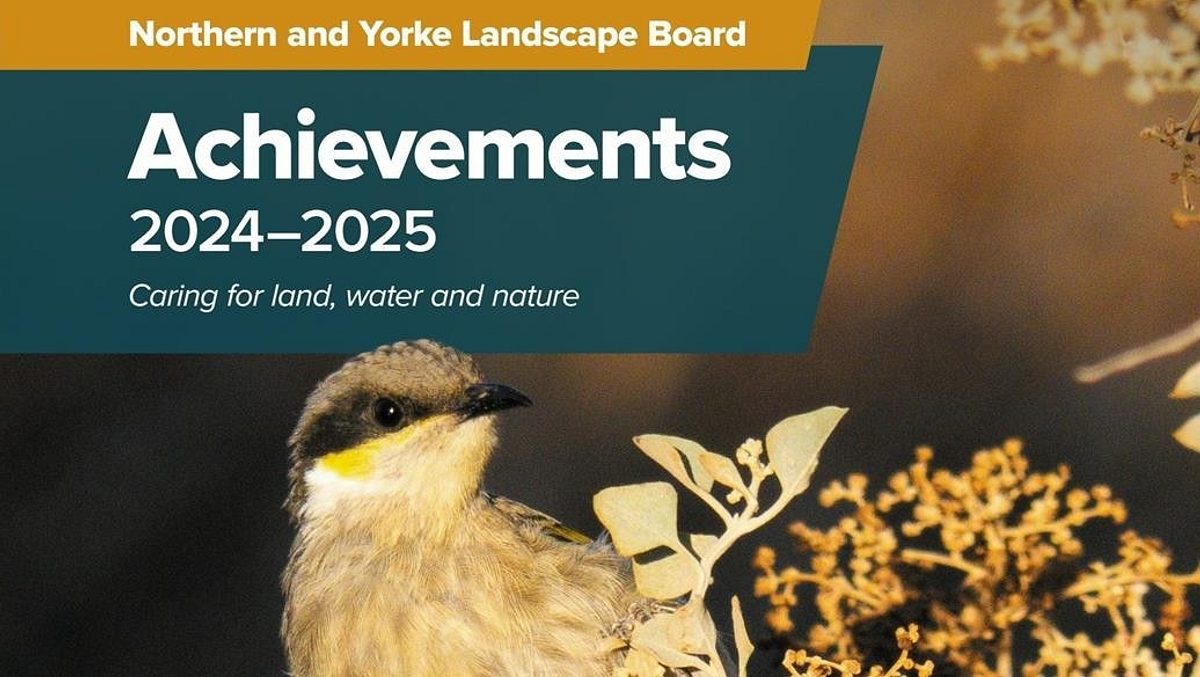Invasive buffel grass continues destructive march across SA
One of Australia’s worst environmental weeds, notorious for its invasiveness, has been identified in at least 30 new locations in the Northern and Yorke region.
The Northern and Yorke Landscape Board’s region-wide roadside survey of buffel grass (Cenchrus ciliaris), covering 668 kilometres, found 31 more buffel grass sites than the last survey conducted in 2014.
The rigorous survey, which complements the Board’s annual monitoring and control program, found a buffel grass infestation 42km from the nearest site identified a decade earlier.

Northern and Yorke Landscape Board Team Leader David Hughes said there was a worrying trend of buffel grass moving beyond roadsides and these outlier plants required a quick response.
“Buffel grass is hitching a ride along our highways and railways, travelling southwards from heavy infestations in the north,” he said. “While it was previously contained to roadsides in this region, we’re now seeing it spread further afield onto private properties.
“It’s these outliers that are a high priority to control and we’re looking to work with landholders to curb the spread.”
Buffel grass, a declared weed in South Australia, grows rapidly, chokes native grasses and shrubs and burns hotter and more frequently than native vegetation. It also regenerates more quickly after fire events, forming a monoculture that devastates previously diverse and healthy landscapes.
A team of Board staff worked alongside Chris Brodie, weeds botanist from the State Herbarium of SA to undertake the large-scale survey in April. They travelled nearly 2000 kilometres throughout the Northern and Yorke region to provide an extensive record of buffel grass occurrence along roadways that are in susceptible habitats.

Mr Hughes said the region-wide survey was a significant undertaking but was important work to gain an overall picture of buffel grass spread and guide its work with landholders.
“Our landscape officers are available to help landholders with identification and control advice,” he said. “Spot spraying is the best solution and we recommend spraying a metre or so beyond the mature plant to restrict seedlings from germinating.
“Controlling buffel grass takes vigilance and repeated control efforts.”
For more information on buffel grass and how to control it, view our Pest Plants page or speak to a landscape officer by calling 8841 3444.


